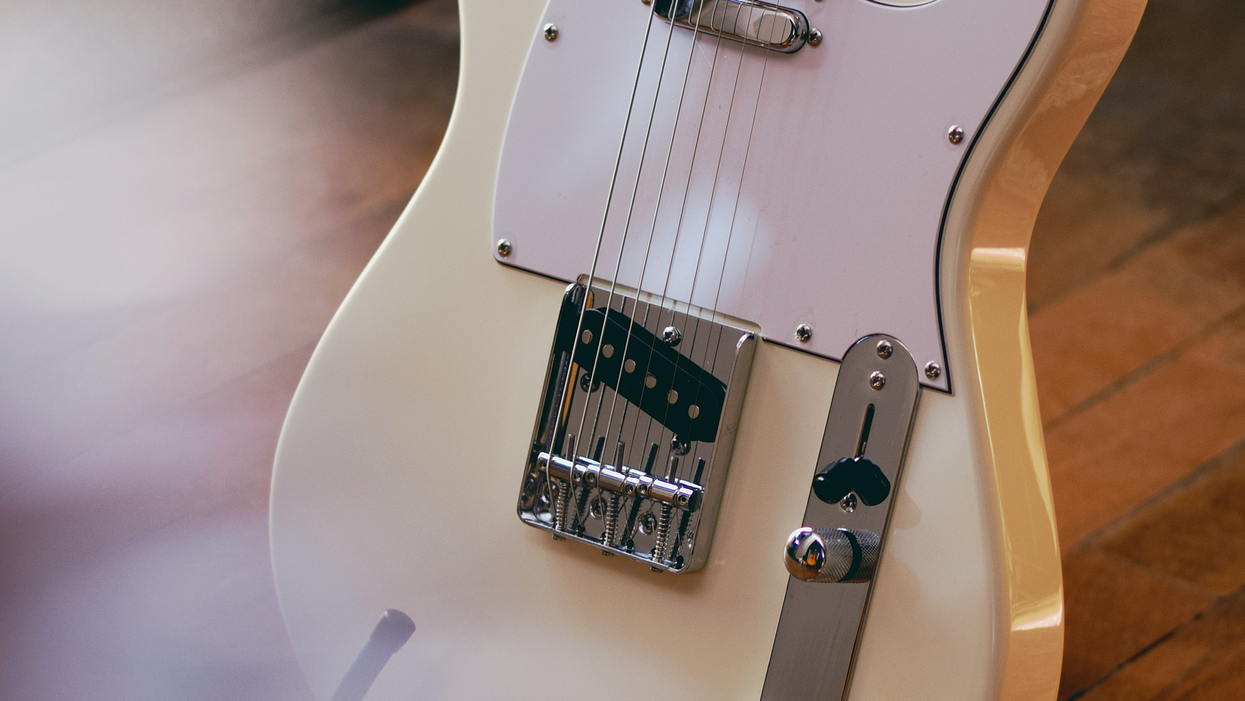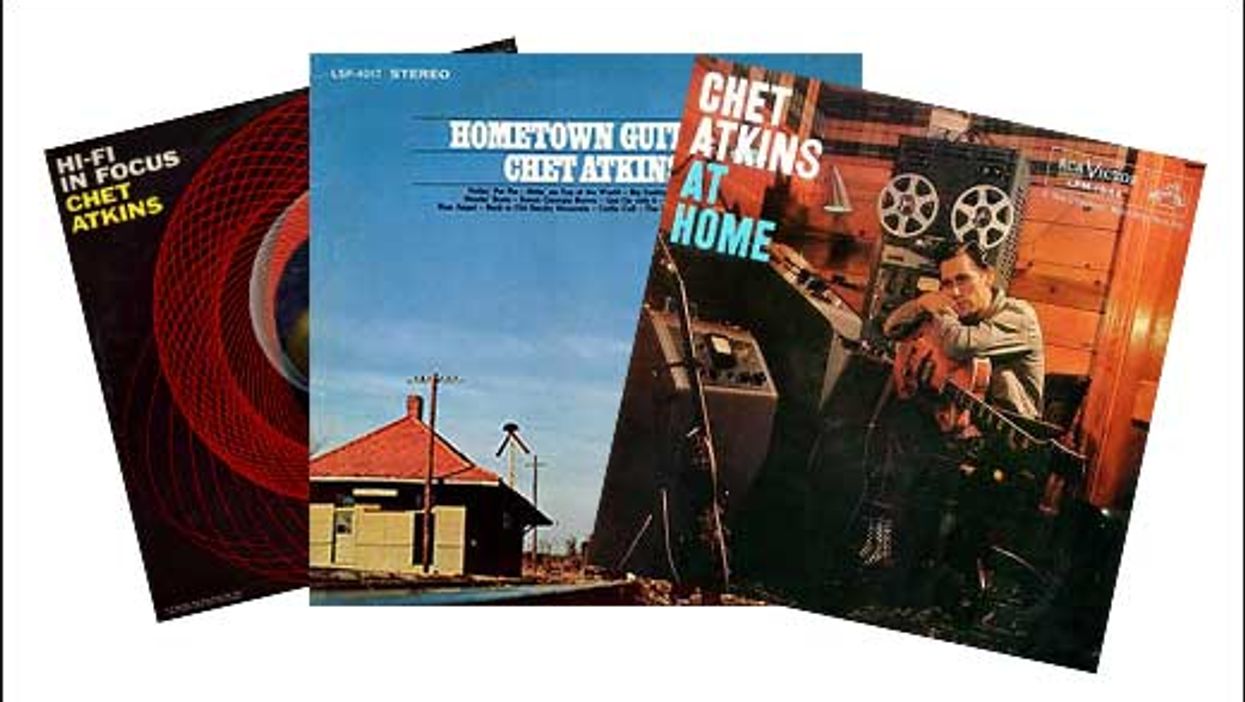In this lesson, we are going to cover a super important and very common technique. Double-stops are one of the pillars for defining a country guitar sound. I'll break down ways to approach this technique from an intervallic standpoint. If you feel it will require too much theory, don't worry… we won't go down that rabbit hole very far.
Double-stops are simply two notes played simultaneously. The difference between those notes is defined as the intervallic relationship. The larger the difference between notes, the higher the number or interval. In the following examples I specifically started with the most common and smaller intervals: major thirds and minor thirds. Then we will work our way to fourths, fifths, and sixths.
Any interval is fair game, but I decided to go with more common voicings for these examples. When picturing the sound of intervals just think of the emotion they reflect. Major is a "happier" sound and minor is "sadder," while augmented or diminished create tension. Make sure to use your ear as much as theory to gain your desired emotion when using intervals, especially in double-stop licks. In addition to focusing on double-stops for this lesson, there will also be articulations like slides, hammer-ons, pull-offs, and of course, bends. Let's get to the examples.
Ex. 1 is an ascending lick using primarily major thirds. There's a little chromaticism on the front end of the lick but it's pretty much a stock bluegrass lick that ends nicely with a slide and "safe" resolution. You could easily play just the lower note and it'd be a cool lick but the double-stop fattens things up considerably. I'd use pick and middle finger on the picking hand until you get to the 3rd and 2nd strings then use ring and middle. Make it snappy and a little muted to really get that "spanky" sound.
Ex. 1
Ex. 2 is a descending lick over a D chord that uses major thirds as a focus but we shift gears and add a tritone or b5 interval at the end for some tension. Note the articulations—I'd roll the ring finger on the fretting hand when you're on the 12th fret of the G and B double note moving to the D string.
Ex. 2
This "thematic" lick (Ex. 3) uses the same idea and then moves up the neck to do it again. It works best over a Bm chord and uses primarily fourths throughout the lick with major thirds kicking in on the G and B strings.
Ex. 3
Fifths have a real open sound to them, and you'll hear that in Ex. 4. As you move up to the 12th fret on the 1st string switch from your index to pinky finger while keeping the middle finger on the 2nd string. I threw in some blue notes or b5 intervals and added a bend towards the end to spice it up. Use your ring finger to make that full-step bend and then use your index for the last slide.
Ex. 4
Ex. 5 uses both major and minor sixths. This descending lick also sneaks in an open-string idea to add some rhythm and note displacement. You end the lick on adjacent strings and play a stretched-out fingering using pinky on 7th fret of the 4th string and slide your index from the b3 to the 3 (C#).
Ex. 5
Ex. 6 is a bluesy sounding lick over G—and this one has a double-stop bend. I'd use my ring finger to bend both notes and push them down, not up. The end of the lick has a bluesy pull-off that completes the lick quite nicely.
Ex. 6
Here's a lick (Ex. 7) that uses an E pedal tone against an ascending double-stop line that works great as a turnaround. Make sure to time the muted note on the 4th string and you'll end this one on the B7 approached from a half-step above. This lick works great over a blues, rockabilly, or swing feel.
Ex. 7
This lick (Ex. 8) is a cool walkdown in F. It's a rhythmic sequence that works nicely moving from a major chord to a diminished sound to a dominant chord before resolving. Here, we're going from a I chord to a Idim before hitting a V7 and then a resolution to the tonic. Any way you cut it, this functions nicely going into F.
Ex. 8
Double-stops can fatten your sound and add tons of possibilities by creating tension and release from using different intervallic patterns. Obviously, I've only scratched the surface on the possibilities. I encourage you to find some intervals you like and experiment to find your favorite licks. It's a staple of any country player and I highly advise you to follow your ear hear and equate what you're doing to an emotion. The best players tell a story with their solos. So what's gonna be the story you tell the next chance you get a chance to rip a solo?
























